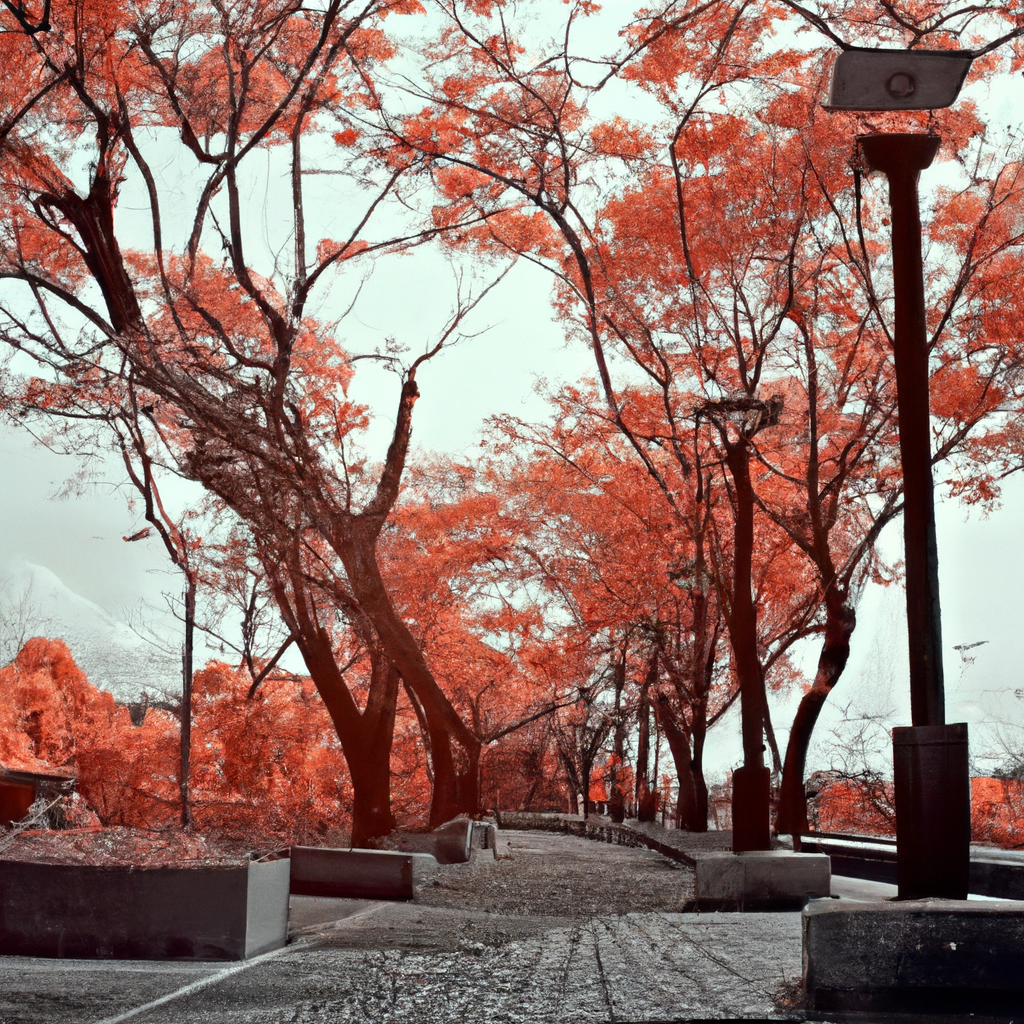Infrared photography is a fascinating technique that allows photographers to capture images in a unique way. It involves using a camera that is sensitive to infrared light, which is not visible to the human eye. The result is images that have a surreal and dreamy quality, with a range of tones that cannot be achieved in traditional photography. In this article, we will explore the different techniques of infrared photography, including the equipment, filters, post-processing, camera settings, and tips to achieve the best image quality.
Equipment for Infrared Photography
To get started with infrared photography, you will need a camera that is capable of capturing infrared light. Most digital cameras have a built-in infrared filter that blocks out infrared light, but some cameras can be modified to remove this filter. Alternatively, you can use a dedicated infrared camera that is designed specifically for this purpose.
Filters for Infrared Photography
To achieve the best results in infrared photography, you will need to use a filter that blocks visible light and allows only infrared light to pass through. There are several types of filters available for this purpose, including infrared-passing filters, visible-blocking filters, and combination filters. The most common type of filter used in infrared photography is the infrared-passing filter, which allows only infrared light to pass through while blocking visible light.
Post-Processing Techniques for Infrared Photography
Post-processing is an essential part of infrared photography, as the raw images captured by the camera often require some adjustments to achieve the desired result. The most common post-processing techniques used in infrared photography include adjusting the contrast, brightness, and saturation of the image, as well as converting the image to black and white or using color channel swapping to achieve unique color effects.
Camera Settings for Infrared Photography
To achieve the best results in infrared photography, you will need to adjust the settings on your camera to suit the conditions of the scene. The most important settings to consider include the ISO, shutter speed, aperture, and white balance. Infrared light behaves differently than visible light, so it is essential to experiment with different settings to achieve the desired result.
Tips for Infrared Photography
To achieve the best results in infrared photography, it is essential to have a good understanding of the techniques involved. Some tips to consider include shooting in RAW format, using a tripod to ensure sharp images, experimenting with different filters and post-processing techniques, and shooting in the early morning or late afternoon when the light is softer.
Examples of Infrared Photography
To get a better understanding of the creative possibilities of infrared photography, it is helpful to look at some examples of this technique in action. Some of the most common subjects for infrared photography include landscapes, architecture, and portraits, but the possibilities are endless.
In conclusion, infrared photography is a fascinating technique that offers a unique way of capturing images. By understanding the different techniques involved, including the equipment, filters, post-processing, camera settings, and tips, you can achieve stunning results that are sure to impress. Whether you are a professional photographer or a hobbyist, infrared photography is an exciting field to explore, and with the right techniques and equipment, you can create images that are truly extraordinary.







